







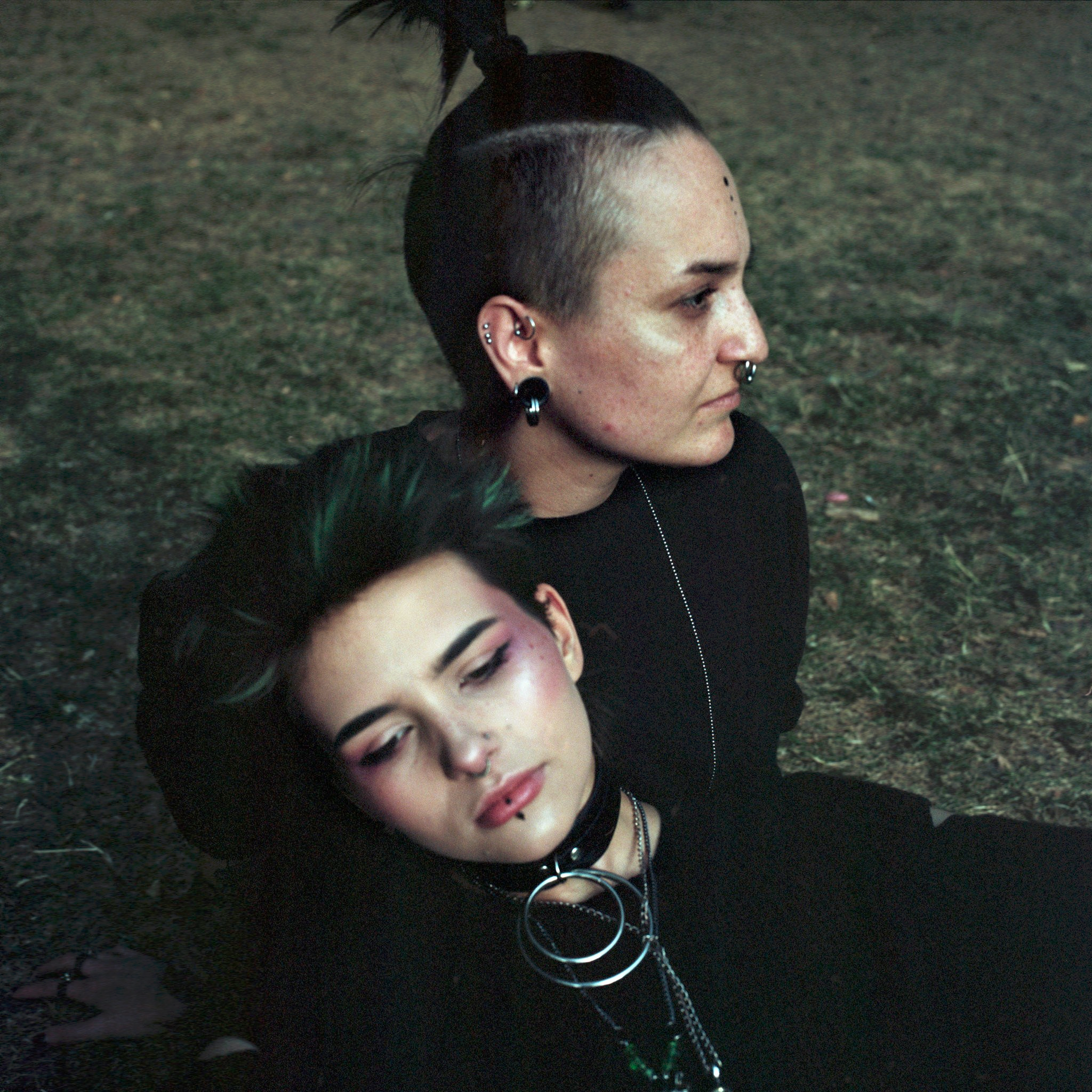
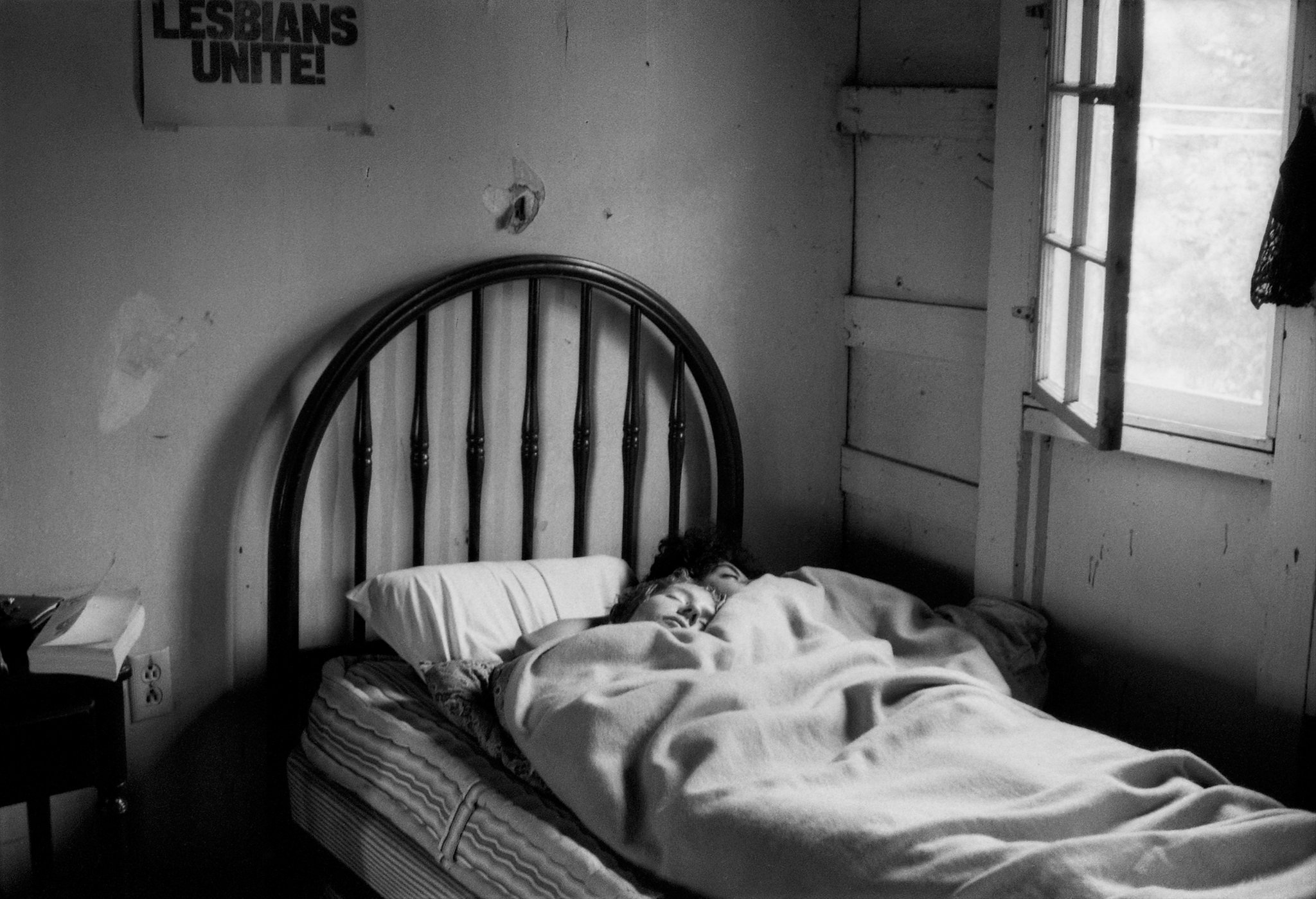
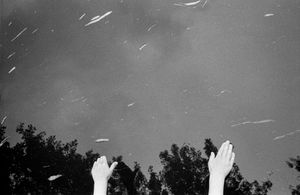



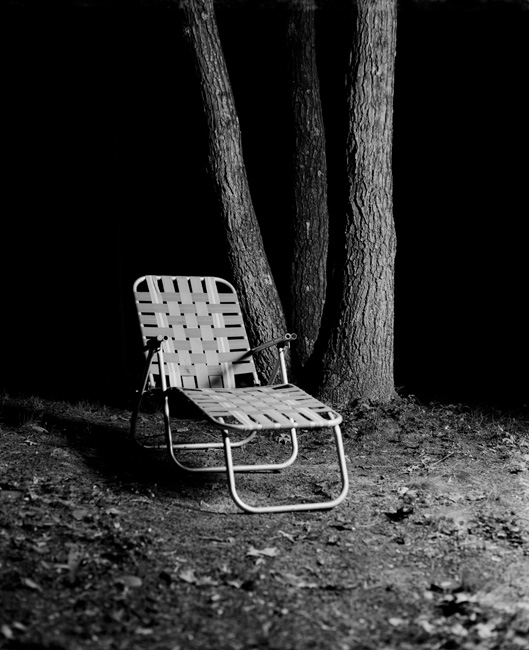
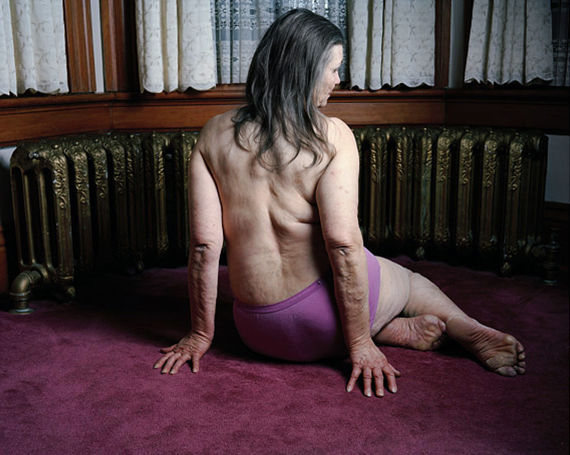

aperture
June 2022
“ ‘Quantum Choir emerged from this question: What is my line in the sand? What would push my limits? How do I lean into discomfort? What would it look like to make a project addressing my greatest source of vulnerability? It was clear immediately that this meant singing because I’ve had this lifelong shame about my singing voice.’ “

The Globe and Mail
July 2021
“Looking, talking, bathing, marching, playing, protesting, celebrating: JEB photographed it all. Lovers, legends, friends, strangers: JEB documented them all. Radically inclusive at a time when there were fewer colours in our flag and letters in our acronym, photographer and filmmaker JEB (Joan E. Biren) has dedicated her life to documenting lesbian lives.”

The New York Times Style Magazine
April 2021
“There are many reasons Highsmith’s psychological thrillers lend themselves so well to cinema. They are suspenseful and dramatic … there is often a strong current of sexual tension … an expressed desire to belong to the world of the wealthy and elite. Her characters are also granted charm, uncanny intelligence and first-rate seduction skills, as well as murderous urges, and are thus as villainous as they are entrancing.”

Food & Wine
June 2020
“Crawford—refreshingly forthright, fierce, and funny—was a stand-out contestant on season six of MasterChef Canada in 2019…. I’ve turned to this self-identified ‘food freak’ to help me ponder the question of Queer Food. ‘Trying to describe Queer Food feels as slippery to me as trying to describe my gender; it’s always getting away from me.’ This lack of precision inspires an attendant frisson: ‘that’s what I love so much about Queer Food, its lack of fixedness.’”

T Magazine
April 2020
“‘BUTCH’ HAS LONG been the name we’ve given a certain kind — that kind — of lesbian. The old adage applies: You know her when you see her. She wears men’s clothing, short hair, no makeup. Butch is an aesthetic, but it also conveys an attitude and energy. Both a gender and a sexuality, butchness is about the body but also transcends it.”

The New York Times Lens Blog
2019
”Officially called ‘Lesbian Images in Photography: 1850-the present,’ the ‘Dyke Show,’ as it was popularly known, offered an alternative history of photography. It included JEB and others like her. At once pedagogical, political and practical — JEB typically paired her slide show with workshops — the show offered new ways of looking and of being seen.”

The New York Times Lens Blog
January 2019
“‘Between the Blocks’ began by chance: In 2013, the photographer Anna Liminowicz was visiting a friend in Gdansk, Poland, who was to be her subject for a photography assignment at the University of Warsaw. This friend had guests: Honorata, 41; her daughter Natal and her partner, Agnieszka, 31. Anna immediately felt at home with them, drawn to their ‘rawness, warmth and honesty.’”

The New York Times Lens Blog
2018
“The book title announces the way we remain estranged from and strange to our love(r): When We Were Strangers. The past tense of the title is cannily deceptive, highlighting a key tension, since that ‘when’ is perpetually now: We were, are, and will be strange to and for each other. Love queers time. That oddness, mystery and space between keeps love collaborative and keeps the story moving.’”

The New York Times Lens Blog
2018
“Non-binary may be beyond the categories we think we know, but it also might include and embrace them: male, female, genderqueer, gender-fluid, agender, transgender, etc. The ‘et cetera’ of non-binary identity cannot be overstated. Or can it? I’m caught in a linguistic conundrum: as soon as I write ‘non-binary identity,’ I stop and think, ‘No, the point is non-identification.’”

The New York Times Lens Blog
2018
“Above the bed, half-visible at the margins of the frame, hangs a political poster declaring “Lesbians Unite!” A statement and an imperative, it’s a perfectly cheeky double-entendre. In public and in private, in the streets or between the sheets, Ms. Gottschalk reminds us that the personal is always and necessarily political — and vice versa. “

For this final, Finnish issue of Raw View, founder and creative director Hannamari Shakya invited three diverse thinkers to have a transatlantic conversation about Finnish photography: Cheryl Newman (UK), Donald Weber (Netherlands), and Kerry Manders (Canada). Managing editors Kaisu Tervonen and Tiina Kirkas posed some questions for the trio. Manders moderated the discussion, which has been edited for length and clarity.

Women Looking at Women is a special edition of Raw View dedicated entirely to women photographers with the “hope that it would serve as an inspiration and as a remedy to the paucity of work being published” (Hannamari Shakya, Editor-in-chief). Raw View invited Susan Meiselas to curate and Kerry Manders to write an essay attending to the 22 photographers from around the world (and ranging from the late nineteenth-century to the present day) featured here.

The New York Times Lens Blog
2014
"For Cahun, identity is always a mask — necessarily strange and ambiguous; her oeuvre constructs a self that is mutable and elusive. At times, she looks directly at the camera, daring and defying the audience to return her gaze; other times, she turns and looks away, blindfolding or covering her eyes."

Media Tropes
2012
"The artist-daughter, whom we don’t see in any of these photographs, is conjured with her mother: Nightingale refers at least as much to the artist as to her subject, the nightingale long a symbol for both poet and poetry as well as for love and for loss. The Gladstone as exhibition space similarly highlights the tense connectivity of binaries: staying and going, art object and art viewer."

C Magazine
(.pdf forthcoming)
2012
"In Mr. Long Weekend, Ironside performs roles that have been normalized into invisibility and indelibly marks the putatively universal gender that so often remains unmarked and unremarked."

Magenta: A Journal of International Art
2011
"There are no candid shots, no portrayals of Singh's mother going about her daily business of living. Together, the staged portraits assert that her mother-as-model — with sundry signifiers of a life lived and living (grey hair, wrinkles, calluses, varicose veins, cellulite) on display — is a compelling subject for aesthetic engagement."